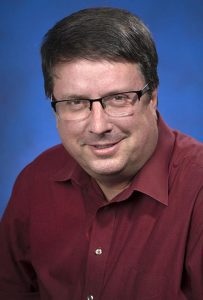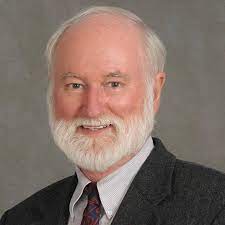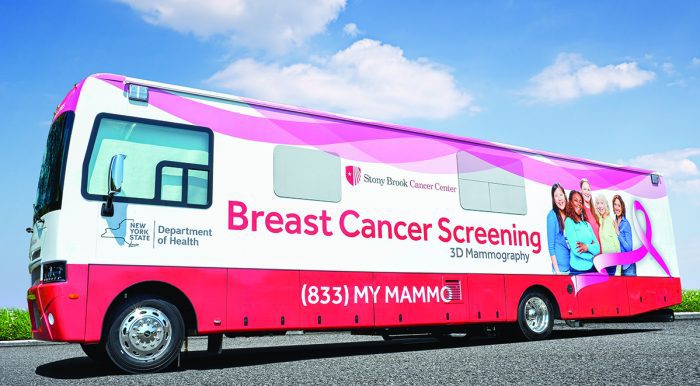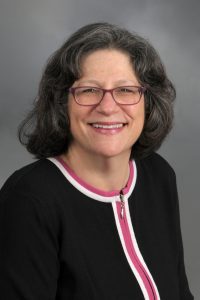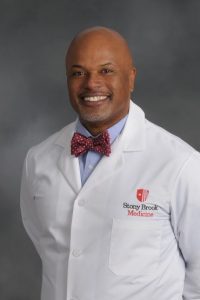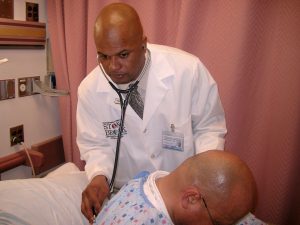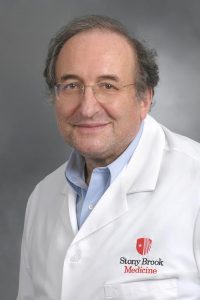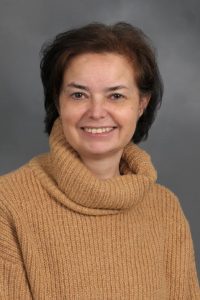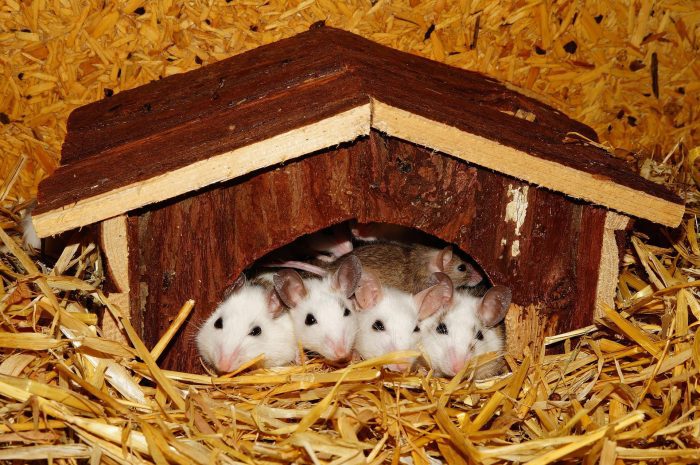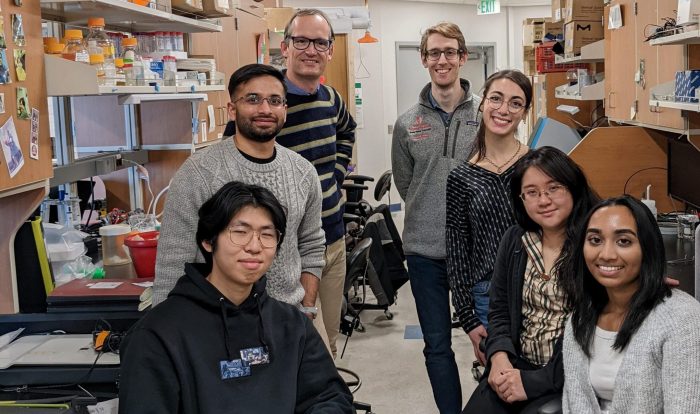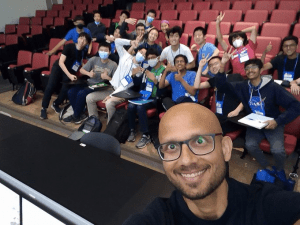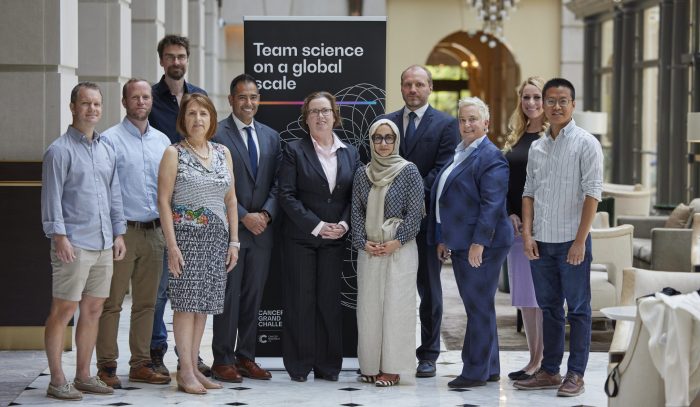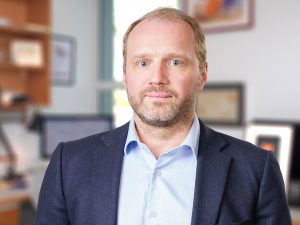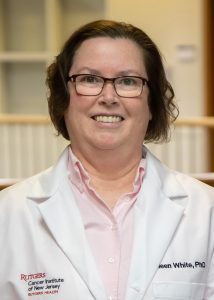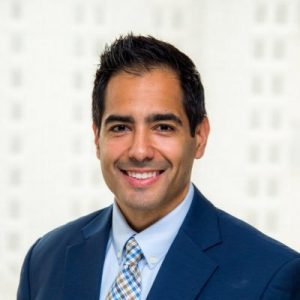By Daniel Dunaief

When times are tough, we can use nostalgia as a bittersweet salve.
Nostalgia serves as both a source of comfort, allowing us to step out of our current situations, while also providing a longing for something that may be impossible to find or rediscover.
To that end, I’d like to share a nostalgic and a not nostalgic list.
— Being out of touch. I know that may seem odd, particularly for someone whose job involves keeping people in touch with information, but I miss the days when people couldn’t find me. I remember getting a beeper for the first time and thinking this was a slippery slope to nonstop accountability.
— Snow days. In the most intense heat of the summer, it’s easy to become nostalgic for the unplanned gift of a day off from school and, way back when, for some time at home with my parents. The night before a snow day, I would go to a particular window in the backyard, turn on the light and assess the size of the snowflakes. If they were too big, the temperature was likely far too warm and the snow would likely turn into rain. Smaller and super numerous snowflakes, like a colony of termites building a home, could work their magic overnight, causing the trees to bend in front of my window.
— Cultural excitement. We are so divided on so many issues these days, but I miss the general excitement that comes from blockbuster movies. I remember the experience of seeing the movie “Star Wars” in a packed theater and the excited conversation from people as the John Williams music sent them home happy.
— The meaningful sitcom. “M*A*S*H” somehow combined humor and drama, blending comedy with intense situations in an army hospital in the Korean War. The sitcom “Mom,” which deals with addiction, friendship, familial issues and loss, brought the same impressive acting to difficult situations softened by humor.
— Eating less healthy food. I miss the ability to eat a burger, fries and onion rings at one of my favorite restaurants (RIP The Good Steer) without having that food interrupt my sleep, create unfortunate digestive experiences or contribute to an expanding girth.
— Letting our dog roam the neighborhood. Our current dog is rarely off his leash. Decades ago, we’d ask our dog if he wanted to go out, he’d run to the door and return to play when he heard us outside or to have his evening meal and play at night. He walked himself.
— My dad. My father had the uncanny ability to make me laugh, even and especially when I was frustrated. Seeing my sour face, he’d come toward me in a battle of wills he knew he’d win. He’d make a strange face or do something unpredictable, forcing me to smile despite myself.
Okay, so, how about a few things for which I am not nostalgic.
— The rear-facing seat of a station wagon. The seat often didn’t have much room, because we also packed bags and suitcases back there, and was facing the wrong way, which meant that nausea, particularly on tight turns, was a constant companion.
— The Yankees around 1990. With a respectful nod to Don Mattingly, those teams were pretty close to unwatchable.
— Marching band practice. I loved so many parts of my musical upbringing, but marching band doesn’t make the list. We sweat for hours on hot fields. During performances, our heavy, unflattering uniforms trapped heat and felt stiffer than denim that had dried too quickly.
— Going to the airport to change tickets. Awful as today’s airline experiences are, we drove to the airport and waited in line to change tickets. Today, we can go online, where systems are busy and the airlines tells us to try back later.
— Waiting for carpools. To borrow from J.D. Salinger and William Golding, waiting for exhausted parents to pick up a collection of teenagers dripping with Holden Caulfield angst was akin to living through a sociological “Lord of the Flies” experiment.




